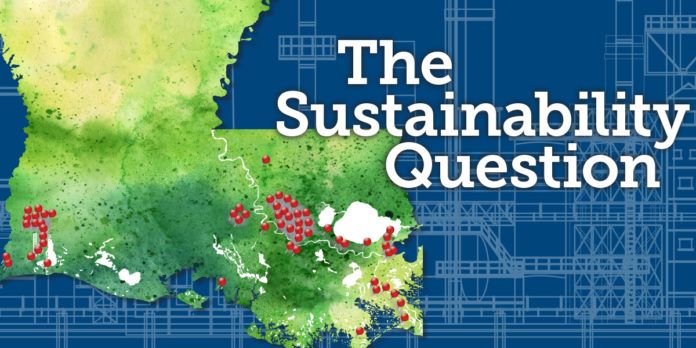A trucker’s daily bumper-to-bumper crawl on I-10 in Lake Charles and Baton Rouge has consequential impacts on commerce, to be sure, but it spotlights an even larger problem looming for the industrial sector.
While no one is wishing it away, there’s growing concern about the state’s ability to sustain the expected tidal wave of capital project investment beginning in the latter half of 2019 through 2022.
Louisiana appears to be beating the pants off Texas in pure investment dollars. Along the 10/12 corridor alone, some 125 projects valued at $32 billion among 12 industries have begun construction or plan to begin construction in 2019, according to data provided by Industrial Info of Sugarland, Texas.
And over the course of the most recent industrial renaissance, the state has attracted about $151.7 billion in actual and projected capital investment, $100 billion of that in LNG export facilities. That comprises about 51% of all Gulf Coast chemical industry capital investments. Texas, on the other hand, accounts for 46% of all investments distributed evenly between LNG investments and non-LNG investments, or about $65 billion each.
St. James, Calcasieu and Cameron parishes are ground zero for the industrial explosion. Projects by Yuhang Chemical, Formosa, Wanhua Chemical, South Louisiana Methanol and others are expected to overlap in St. James—all in the billions of dollars. In southwest Louisiana, it’s all about Liquefied Natural Gas, namely Driftwood LNG in late 2019, and possibly Lake Charles LNG, Port Arthur LNG and Golden Pass LNG not long after. This while Cameron LNG is still under construction.
Cheap and abundant natural gas is the catalyst for the surge. Much of the supply is coming out of the Permian Basin and other shale plays, where the cost of natural gas has been incredibly low and is expected to remain that way.
While daunting, it’s not the cost and size of the investments but the timing that is cause for concern, says Greg Upton, assistant professor of research at LSU’s Center for Energy Studies. That’s because there are some decidedly different economic variables at play, compared to the previous two booms.
“The first boom coincided with the Great Recession when labor was more mobile,” Upton adds. “The second boom occurred in 2014, mainly due to capital expenditures in the refining and chemical manufacturing sector. This, coincidentally, was at the time of the oil price bust when there was a slack labor market.”
Fast-forward to today, when oil prices are inching back up, natural gas is seeing steady production and Louisiana construction employment is at an all-time high at 160,000 (many working in a maintenance capacity within existing plants). The state is also at near full employment, statistically speaking, with the unemployment rate hovering around 4.7%.
“In that regard, you might actually have an unprecedented challenge,” Upton says.
Read the full story from the third quarter edition of 10/12 Industry Report.



